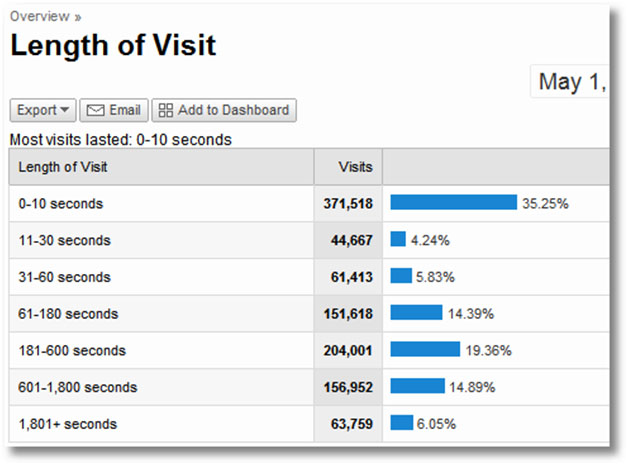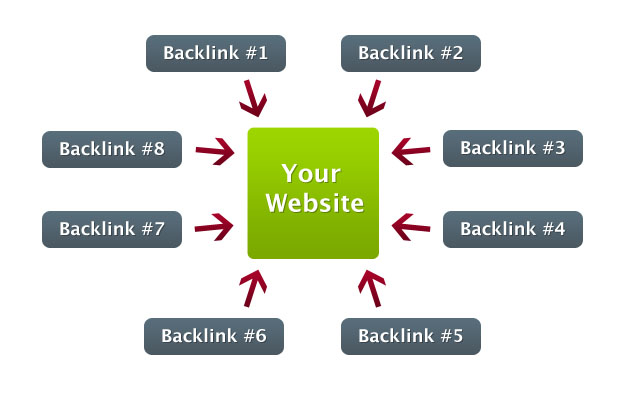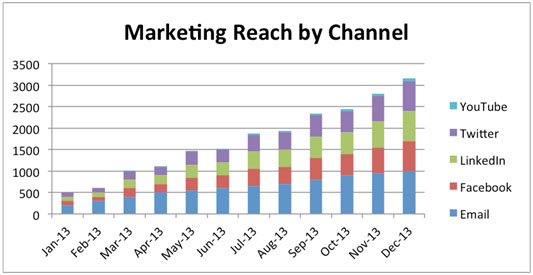The successful story you see or read online is the result of efforts made on the basis of the analysis. Writers, online marketers, SEO (Search Engine Optimizations) Professionals keep a close eye on various metrics to come out the strategy boosting their ranking and views.
Content Writers, content marketers who are running their own blogs or writing for their employers need to have an update check of these metrics. Here are the most common metrics every content writer should track to make a good online marketing strategy.
Before opening the list, let us tell you that different metrics work in a different manner. Some are better reviews weekly, some are best reviews monthly. And, before everything, you must know what are you targeting and which metrics you should track.
1. Number of views on the Post
Post Views are a great way to get a feedback on your uploaded articles. If you picked a hot and trending topic, which is well written and presented then you are likely to get more views on it. If the views are not much even after all the efforts, then consider it has not acceptable by your audience. But, the story doesn’t end there.
2. Number of Search Visitors
These are the visitors who search something particular on Google and ended up viewing your blog. This result directly points towards whether you are writing a trending topic (that people are searching) or not. Keeping track of the keywords related to the topic is always a good idea to write searchable content. By inserting focusing keywords in your content, you are bridging the gap between your content and your target audience. Following this after a couple of dozen of posts, you will know that you are better writing on which topics. You can then focus on your niches better.
3. Backlinks
Backlink traffic is the measure of activity going to your pages from external websites. Backlinks, particularly from respectable blogs and websites, are the affirmation that your content has the valuable potential. Backlinking activity builds your exposure and scope, and chances to convert. They hold a viable opportunity to get a new business. A business mind takes full advantage of such opportunities
Backlinks are a crucial factor for Google ranking.
If you have a Google analytics account then you can check backlink or referral activity on your blog via Acquisition -> Overview -> Referral
4. Average Time Spent on Page by the visitors
In the point under Post Views, we wrote, ‘but the story doesn’t there’. It is because view count is nothing if your viewer is staying just for seconds on your page. If it is a well-written content then they must read it and the view time must be at least a couple of minutes. That’s where average time spent on your page by the viewers matter. By knowing the average time spent by the viewers on your page, you can know whether the viewers are reading your content or just visiting  the page and bouncing out of the page quickly. You need to tune up your content if the average time is less. Blog pages that have better average time mean people are reading that content. Try to tune up your other pages the same way to increase the average time.
the page and bouncing out of the page quickly. You need to tune up your content if the average time is less. Blog pages that have better average time mean people are reading that content. Try to tune up your other pages the same way to increase the average time.
5. Bounce Rate
More the average time, lesser the bounce rate or more the bounce rate lesser the average time!
Bounce rate is the percentage of visitors who navigate away after viewing only single page of your website or blog. If the bounce rate is high that means people/visitors are just coming in and going out of the page doing nothing. It is either they are not reading the content or they do not like it and after reading only one or two lines they are leaving the page. Both the cases indicate that you need to improve your content’s quality. Follow various SEO strategies as per the content creation. Increase the reader-friendliness of the page. Don’t overload it with advertisements and links.
6. Social Media Reach
Take advantage of what is available for free online and social media marketing is one of them. Posting on Facebook, twitter, Pinterest, Google+ money wise is free. It only takes a few minutes to write and post on these channels about your content. You can get an adequate amount of traffic from these channels. Keep track of traffic from these channels is very helpful. Channel from where you are getting more traffics post your content frequently on that. You can develop a genuine fan base from these channels who would actually read your content when you post about it on them. You can even engage with them and have a healthy conversation that would help you build strong relationships with your fans and followers.
7. Number of Returning Visitors
Observing returning visitors can let you know how captivating your content is and can go about as a rule for content creation for the future. Returning visitors are the ones on which you don’t have to spend your time and money for marketing.
Realizing that the visitor returned, regardless of the possibility that they didn't convert, implies that your content is drawing enough attention to keep them returning and may even imply that your no conversion could be because of something else.
8. Monthly Target
After reviewing your week’s performance you should set your monthly target of visitors, returning page visitors, social media reach, and average time spent on page, and the bounce rate. Set a monthly goal and work hard to achieve it in a month. This will motivate you on every step. Try some experiments and see the changes in the result.
And, we are done with our list. These metrics options would be good to give you a head start in content marketing. And, you will learn more as you move forward in this line of work. Make it a habit of not missing any of these metrics.
April 26, 2016












